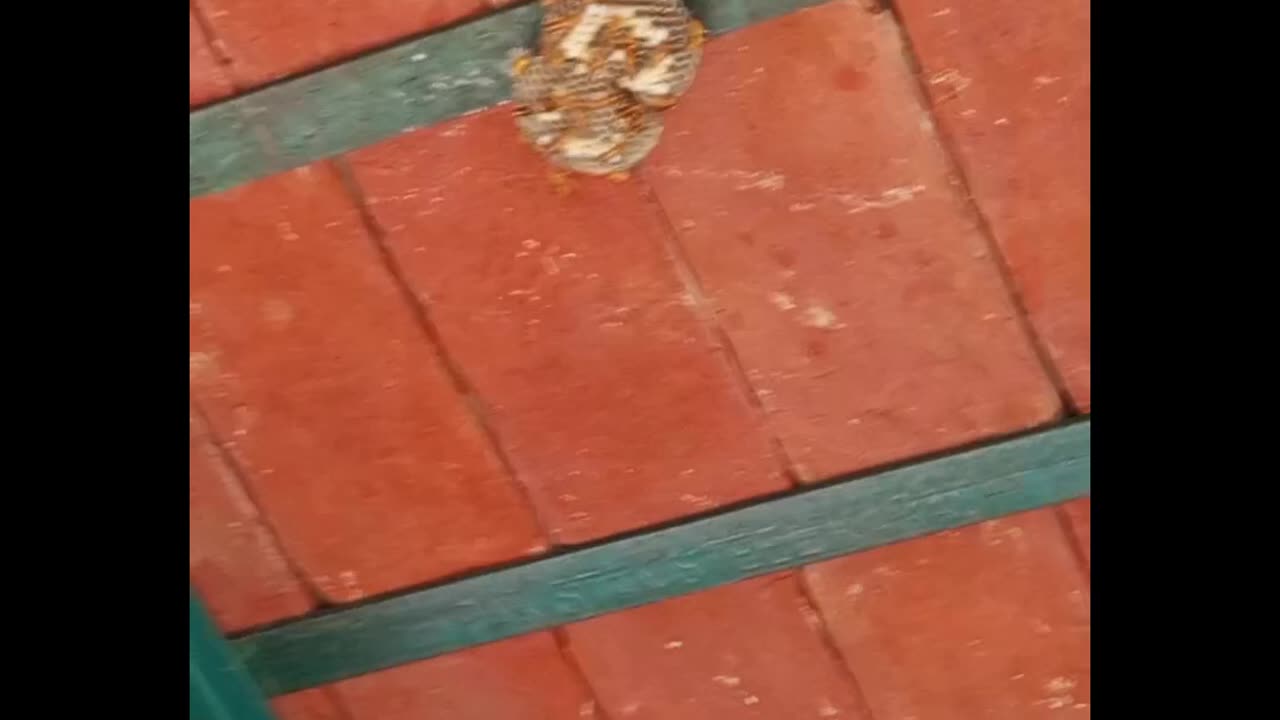Premium Only Content

Wasp Sting Safety Tips
Wasp stings can be painful and potentially dangerous, especially for individuals who are allergic to insect venom. Here are some safety tips to keep in mind if you encounter a wasp and get stung:
Stay Calm: If you're stung, try to remain calm. While it can be painful, panicking can exacerbate your symptoms.
Move Away: If you're near a wasp nest and have been stung, move away slowly and calmly. Do not swat at the wasps or make sudden movements, as this might provoke them to attack further.
Remove Stinger: If the wasp's stinger is still embedded in your skin, gently scrape it out with a blunt-edged object, like a credit card or your fingernail. Do not use tweezers or pinch the stinger, as that can release more venom.
Clean the Area: Wash the affected area with soap and water to reduce the risk of infection.
Apply Cold Compress: Applying a cold compress or ice pack wrapped in a cloth to the sting site can help reduce pain, swelling, and inflammation.
Over-the-Counter Pain Relief: You can take over-the-counter pain relievers like ibuprofen or acetaminophen to alleviate pain and discomfort.
Topical Creams: Some over-the-counter creams and ointments designed for insect stings can provide relief from itching and discomfort.
Elevate: If the sting is on a limb, consider elevating the limb to help reduce swelling.
Avoid Scratching: Do your best to resist scratching the sting area, as this can lead to more irritation and increase the risk of infection.
Monitor for Allergic Reaction: If you have a history of severe allergic reactions (anaphylaxis) to insect stings, keep a close eye on your symptoms. These may include difficulty breathing, swelling of the face or throat, rapid heartbeat, nausea, and dizziness. If you experience any of these symptoms, seek medical attention immediately.
-
 LIVE
LIVE
SpartakusLIVE
5 hours agoVerdansk QUADS || #1 MACHINE is BACK taking NO DAYS OFF (until I feel like it)
501 watching -
 LIVE
LIVE
Alex Zedra
2 hours agoLIVE! Ready or Not
325 watching -
 29:05
29:05
Man in America
13 hours agoDid the Fed Just Admit Gold Will Be Revalued? This Could Change EVERYTHING
18.1K2 -
 45:54
45:54
MattMorseTV
3 hours ago $0.27 earned🔴55 MILLION immigrants are UNDER REVIEW. 🔴
18.2K22 -
 3:15:07
3:15:07
TheItalianCEO
4 hours agoLast Stream before I go - Playing The Finals
9.92K -
 1:14:43
1:14:43
JustPearlyThings
3 hours agoPearl Reacts: 20 Black Conservatives DESTROY Radical Feminist Activist | Pearl Daily
31.6K12 -
 LIVE
LIVE
This is the Ray Gaming
2 hours ago $0.04 earnedThursRAY Night LIVE with the BOYS! | Rumble Premium Creator
33 watching -
 LIVE
LIVE
The UC Zone
5 hours ago🔴LIVE - THE UC ZONE - NEW UPDATE TO OFF THE GRID?!?
14 watching -
 2:09:22
2:09:22
Robert Gouveia
6 hours agoTrump WINS Appeal! 🚨 Letitia James BLOWN OUT! Biden Scandal BOMBSHELL!
34.1K20 -
 3:15:52
3:15:52
Barry Cunningham
6 hours agoBREAKING NEWS: PRESIDENT TRUMP ON PATROL IN WASHINGTON D.C.
59K26